The Printing Machinery Market is currently characterized by a dynamic competitive landscape, driven by technological advancements and evolving customer demands. Major players such as Heidelberg (Germany), Canon (Japan), and Xerox (United States) are at the forefront, each adopting distinct strategies to enhance their market positioning. Heidelberg (Germany) focuses on innovation in digital printing technologies, aiming to streamline production processes and reduce waste. Canon (Japan), on the other hand, emphasizes regional expansion and partnerships, particularly in Asia, to capture emerging markets. Xerox (United States) is increasingly investing in AI-driven solutions to optimize print workflows, thereby enhancing operational efficiency. Collectively, these strategies contribute to a competitive environment that is both fragmented and rapidly evolving, as companies strive to differentiate themselves through technological prowess and customer-centric solutions.
Key business tactics within the Printing Machinery Market include localizing manufacturing and optimizing supply chains to enhance responsiveness to market demands. The market structure appears moderately fragmented, with several key players exerting influence over various segments. This fragmentation allows for niche players to thrive, while larger corporations leverage their scale to implement cost-effective solutions. The collective influence of these key players shapes the market dynamics, as they compete not only on price but also on innovation and service quality.
In August 2025, Canon (Japan) announced a strategic partnership with a leading software firm to develop integrated solutions that enhance the efficiency of print operations. This collaboration is expected to bolster Canon's offerings in the digital printing segment, allowing it to provide more comprehensive solutions to its customers. The strategic importance of this partnership lies in its potential to position Canon as a leader in the rapidly growing market for integrated print solutions, thereby enhancing its competitive edge.
In September 2025, Xerox (United States) unveiled a new line of eco-friendly printing machines designed to minimize environmental impact. This launch reflects Xerox's commitment to sustainability, which is increasingly becoming a critical factor for customers in the printing industry. By prioritizing eco-friendly technologies, Xerox not only addresses regulatory pressures but also aligns itself with the growing consumer demand for sustainable practices, potentially attracting a broader customer base.
In October 2025, Heidelberg (Germany) revealed its latest digital printing technology, which incorporates advanced AI capabilities to optimize print quality and reduce operational costs. This innovation is significant as it underscores Heidelberg's focus on leveraging technology to enhance productivity and efficiency in printing operations. By investing in AI, Heidelberg positions itself to meet the increasing demand for high-quality, cost-effective printing solutions, thereby reinforcing its competitive stance in the market.
As of October 2025, the Printing Machinery Market is witnessing trends that emphasize digitalization, sustainability, and the integration of AI technologies. Strategic alliances are becoming increasingly prevalent, as companies recognize the need to collaborate to enhance their technological capabilities and market reach. Looking ahead, competitive differentiation is likely to evolve, shifting from traditional price-based competition to a focus on innovation, technological advancement, and supply chain reliability. This transition suggests that companies that can effectively leverage these trends will be better positioned to thrive in the competitive landscape.


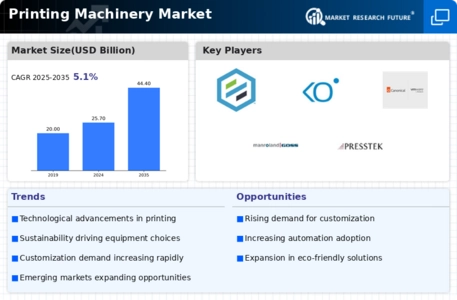
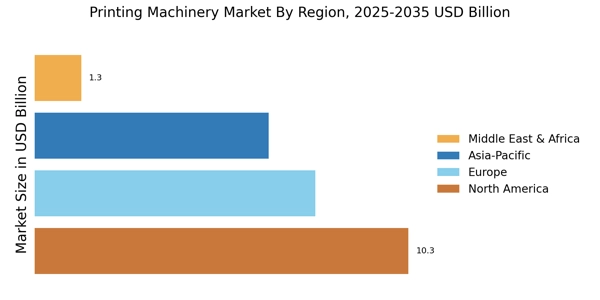
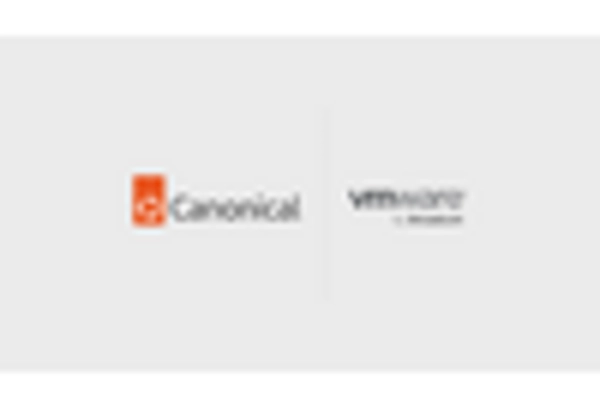
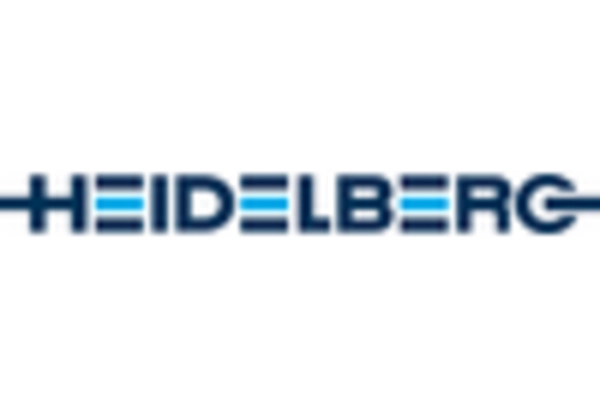
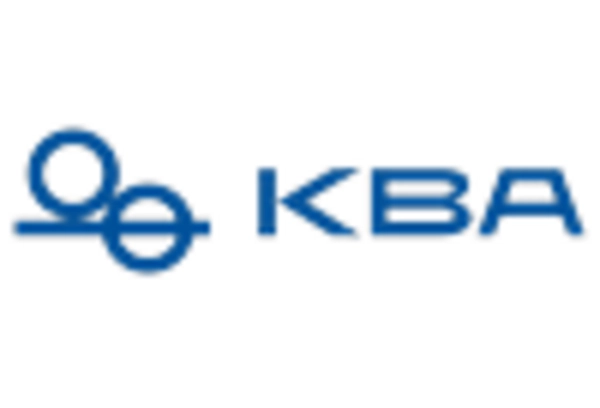
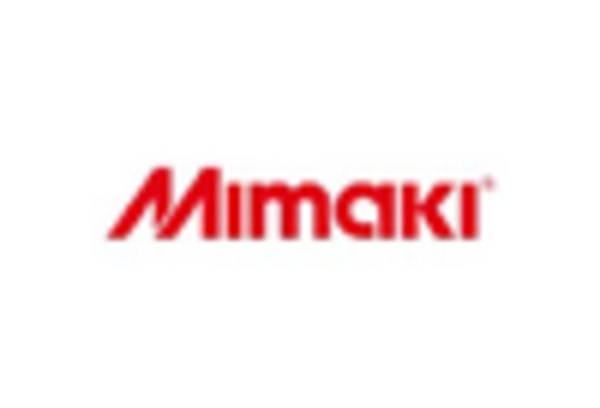
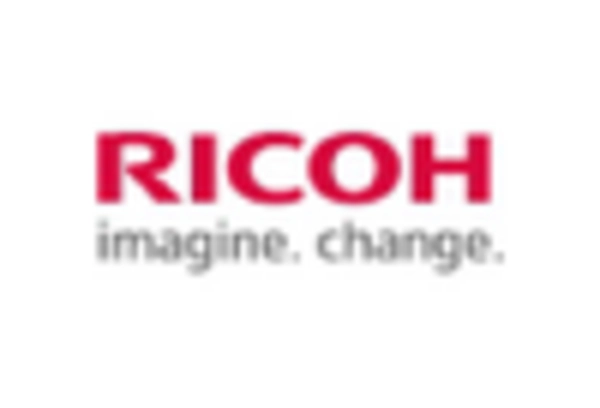









Leave a Comment